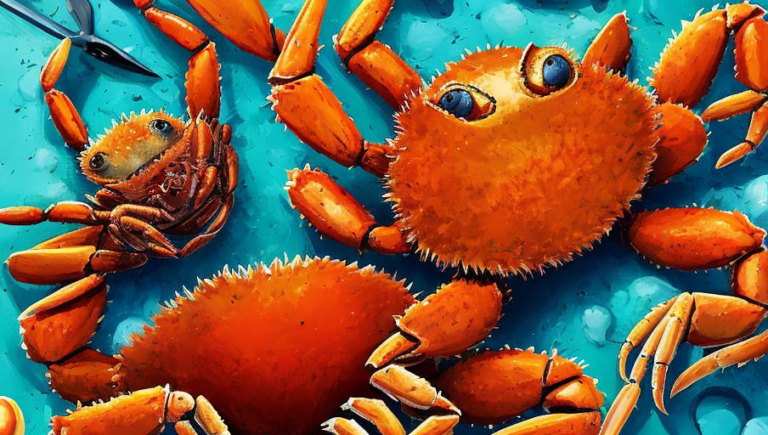On the Hunt: Cormorant’s Fishing Tactics

On the Hunt: Cormorant’s Fishing Tactics
The cormorant is a water bird with a unique hunting style that has been admired and studied for centuries. These birds can be found in all parts of the world, from Arctic tundra to tropical islands. Cormorants are known for their impressive fishing skills, diving deep into the water in search of prey. In this article, we’ll take a look at the various tactics cormorants use to capture their meals.
The Art of Diving
Cormorants use a combination of strength and agility to quickly dive into the water and capture their prey. They can reach depths of up to 150 feet and stay underwater for up to one minute. These birds have strong webbed feet that act like paddles, helping them to quickly propel themselves through the water. They also have sharp eyesight, allowing them to spot potential prey from a distance.
Using the Surroundings
Cormorants are known to use their environment to their advantage. They will often use rocks or branches to perch on, giving them an elevated view of their surroundings. This allows them to spot potential prey in the water below. They will also use the currents of the water to their advantage, allowing them to stay in the same spot while their prey swims by. Finally, these birds are known to use the shadows of nearby objects to hide from their prey, making it easier to catch them off guard.
Fishing Strategies
Cormorants are known to use different strategies when hunting for their food. They will often hunt alone or in pairs, depending on the size of the prey they are targeting. They will also use their wings to stir up the water and flush out potential prey. Finally, they will often use a strategy known as “sit and wait,” in which they will perch on a branch or rock and wait for their prey to come within striking distance. This strategy requires patience and often results in a successful hunt.
Adaptable Hunters
Cormorants have adapted to a variety of environments and have been able to adjust their hunting tactics accordingly. They can be found in both freshwater and saltwater ecosystems, and their strategies for catching prey are adapted to match the environment. For example, in saltwater habitats, they may use a technique known as “surface-diving” in which they dive from the surface of the water and plunge into the depths. They can also adjust their fishing strategies depending on the size of the prey they are targeting. Smaller prey, such as fish and small crustaceans, may be caught by swooping down from above, while larger prey, such as octopuses and squid, may require a more elaborate strategy.
Conclusion
Cormorants are impressively skilled hunters that use a variety of techniques to capture their prey. They have adapted to a variety of environments and have been able to adjust their hunting strategies accordingly. The cormorant’s impressive dive and agility have been admired and studied for centuries, and it will continue to be a fascinating creature to observe and learn about.





